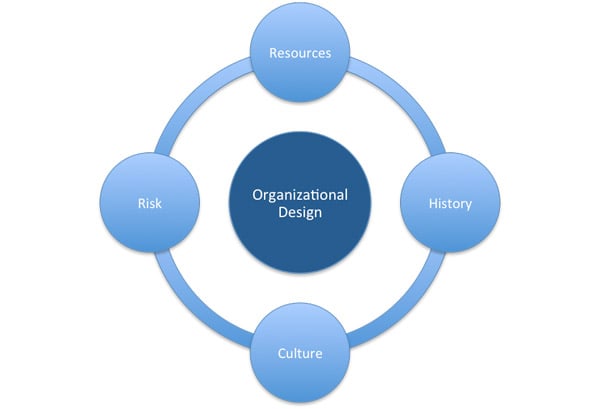One topic that continues to pervade compliance conferences is organizational design. Where should the compliance function sit—within legal or compliance? Recently, Bank of America Corp. transferred its compliance group from the legal department to the risk control area. According to Reuters, the transfer is a result of federal regulators warning big banks to adopt more ethical internal cultures or risk being broken up. In our practice, we have the benefit of working with companies and colleagues that have many different structures. The truth is, as with many compliance program design issues, there is no one-size-fits-all solution.
But we realize that the answer “it depends” usually is about as satisfying as the end of a Green Bay Packers game. So we’ve come up with four considerations that organizations can use to evaluate the appropriate design for their compliance program: resources, history, culture and risk.

1. Resources
This content has been archived. It is available through our partners, LexisNexis® and Bloomberg Law.
To view this content, please continue to their sites.
Not a Lexis Subscriber?
Subscribe Now
Not a Bloomberg Law Subscriber?
Subscribe Now
LexisNexis® and Bloomberg Law are third party online distributors of the broad collection of current and archived versions of ALM's legal news publications. LexisNexis® and Bloomberg Law customers are able to access and use ALM's content, including content from the National Law Journal, The American Lawyer, Legaltech News, The New York Law Journal, and Corporate Counsel, as well as other sources of legal information.
For questions call 1-877-256-2472 or contact us at [email protected]






